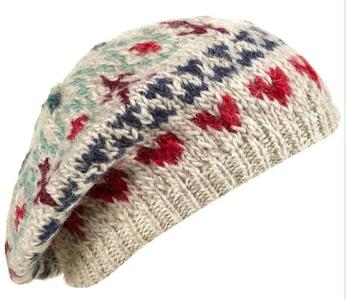Xinke Protective Cotton Flame Resistant Fabric has good breath ability and wicking properties, soft and comfortable. This is a characteristic of all-cotton materials, which allows us to develop a more comfortable feel while developing flame retardant functions. Of course, other materials fabrics have their own characteristics, such as cotton polyester fr fabric, cotton nylon fr fabric, arimid fabric, modacrylic fabric etc. If you are interested, you can find their related introductions in other categories. Cotton Flame Resistant Fabric Cotton Flame Resistant Fabric,Flame Resistant Fabric,Fire Resistant Fabric,Stain Flame Resistant Fabric Xinxiang Xinke Protective Technology Co, Ltd. , https://www.coverallsuit.com An innocent, soft-standard military cap, usually used as a symbol of the personnel of special forces, special forces, and airborne forces of some national army. Berets are easy to fold, not afraid of extrusion, easy to carry, beautiful, etc., but also easy to coat helmet. Marshal Montgomery, the famous general, often wore berets in World War II, and he also wore generals and armored crests. Some countries mainly distinguish different arms in color. There are clear requirements for the wearing of berets. Berets can only be worn when wearing uniforms, training suits and work clothes.
An innocent, soft-standard military cap, usually used as a symbol of the personnel of special forces, special forces, and airborne forces of some national army. Berets are easy to fold, not afraid of extrusion, easy to carry, beautiful, etc., but also easy to coat helmet. Marshal Montgomery, the famous general, often wore berets in World War II, and he also wore generals and armored crests. Some countries mainly distinguish different arms in color. There are clear requirements for the wearing of berets. Berets can only be worn when wearing uniforms, training suits and work clothes.
"Berret" is one of the international standard costumes used by the officers and men of all countries in combat and training. As some of the world-famous special forces have long been wearing fixed-color berets, they form a symbol.
Its name was transliterated from English Beret. The history of berets can be traced back to the 15th century, when the shepherds in the southwest of France once liked to wear a round visor that was woven out of brown wool. This kind of hat can be worn on the head to shelter it from wind and rain. It can be removed and it can be wiped and placed on the floor as a cushion. Later, the Basque people at the junction of France and Spain also started wearing such hats and were called "Basque berets."
The first army to wear berets in history was the English team. As early as the First World War, British expeditionary forces sent to continental Europe had some officers wearing berets. But Beret really shines, but it was during World War II. At that time, in order to infiltrate and destroy the European continent occupied by fascists, the United Kingdom began to set up special operations forces. The first paratrooper force was established in 1940. In 1942, the United Kingdom formed the airborne special service team and the Royal Marines special boat force. Their costumes are marked with berets as the most awake, and the different colors of berets have become the distinguishing signs of these forces.
November 08, 2020